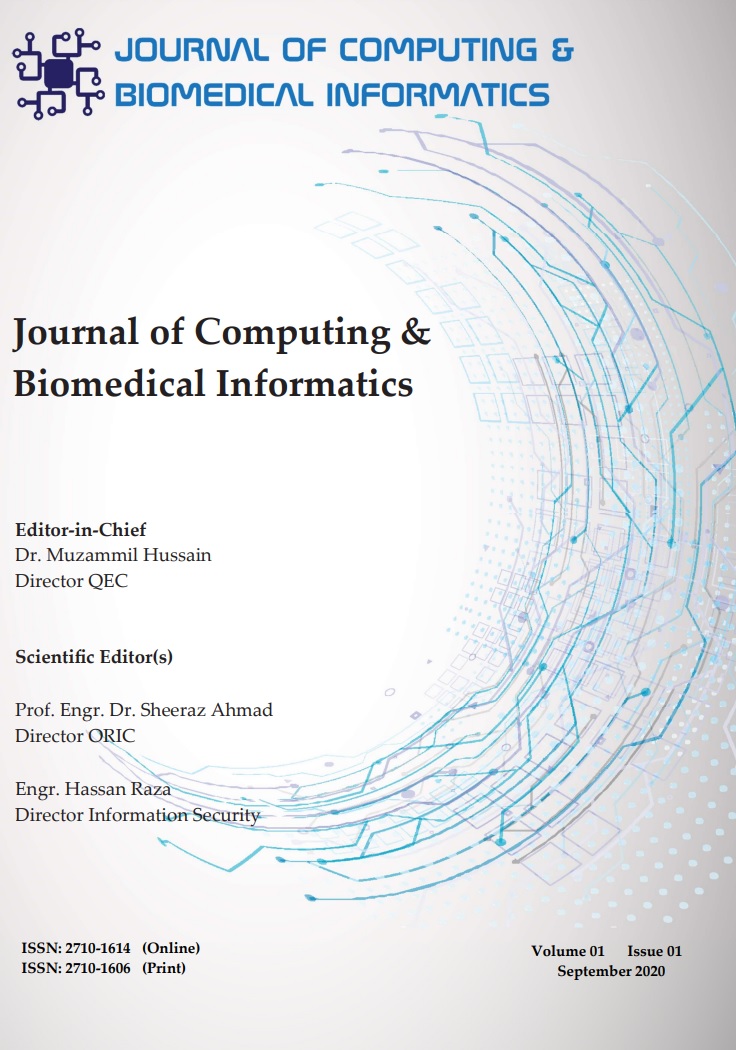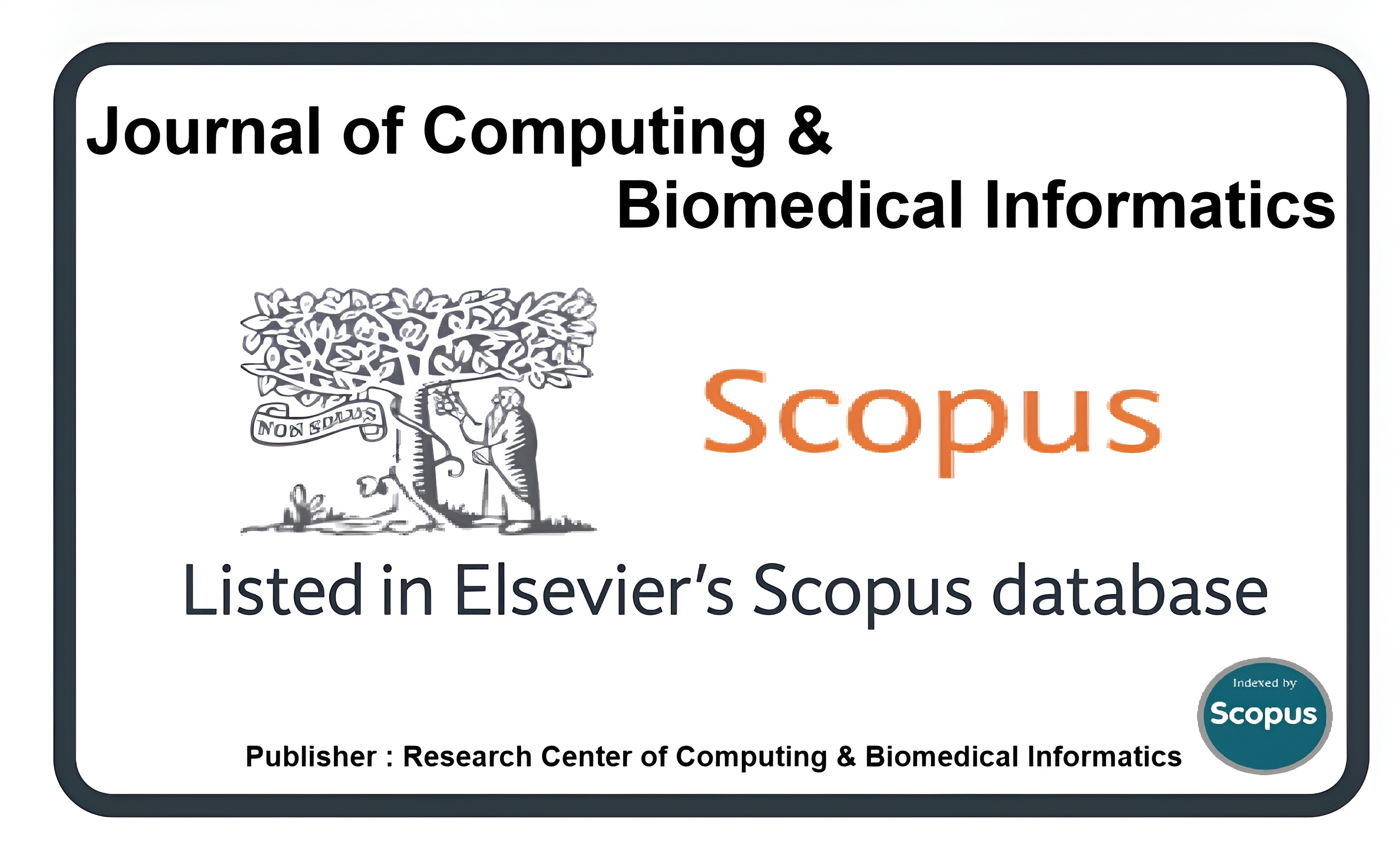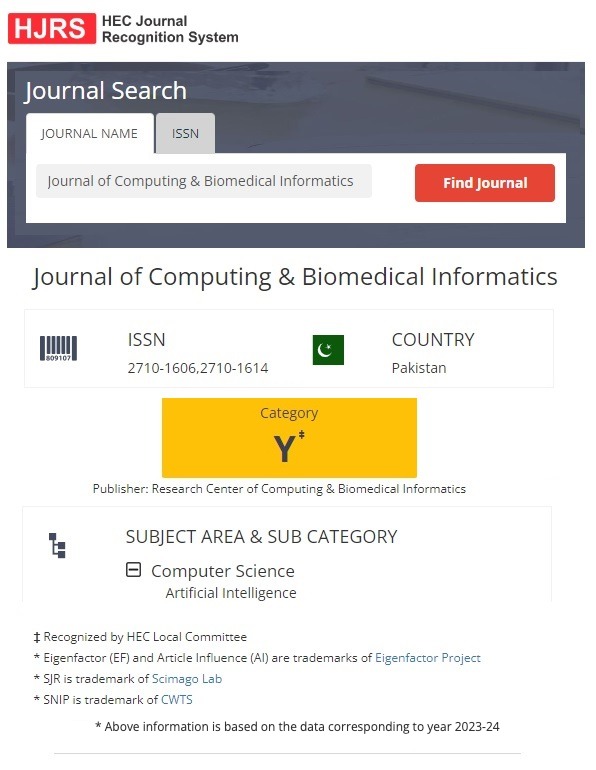Deep Learning-Based Rice Leaf Disease Detection Using Custom CNN Models
Keywords:
Deep Learnining, CNN, Image Processing, Rice Leaf Disease DetectionAbstract
Rice, a world food crop and one of the most essential elements of the food security chain, is highly susceptible to various leaf diseases, which have a devastating impact on production and quality. Some of the most widespread rice diseases include Bacterial Blight, Brown Spot, Tungro, and Blast, which can potentially cost the production and economy a lot when not detected early. To solve this problem, this paper will present a specific Convolutional Neural Network (CNN) model to perform the automated classification of four types of rice leaf disease, relying solely on diseased leaf images as available in the Kaggle dataset of 6,431 samples. The preprocessing of the images consisted of resizing the images to 224x224 pixels, normalization, and augmentation methods of rotation, flipping, and zooming to improve the generalization. The proposed CNN architecture includes several convolutional layers with ReLU activation, max-pooling that would reduce the dimension, dropout as a regularization technique, and fully connected dense layers with a softmax classifier. The model achieved 98% classification accuracy on a 70:30 train-test split, with high per-class precision, recall, and F1-scores, demonstrating its effectiveness and robustness. These findings underscore the possible applications of the suggested lightweight CNN as a low-cost and easily applicable system to effectively classify rice disease to facilitate early disease diagnosis and long-term control of the crop.
Downloads
Published
How to Cite
Issue
Section
License
This is an open Access Article published by Research Center of Computing & Biomedical Informatics (RCBI), Lahore, Pakistan under CCBY 4.0 International License





